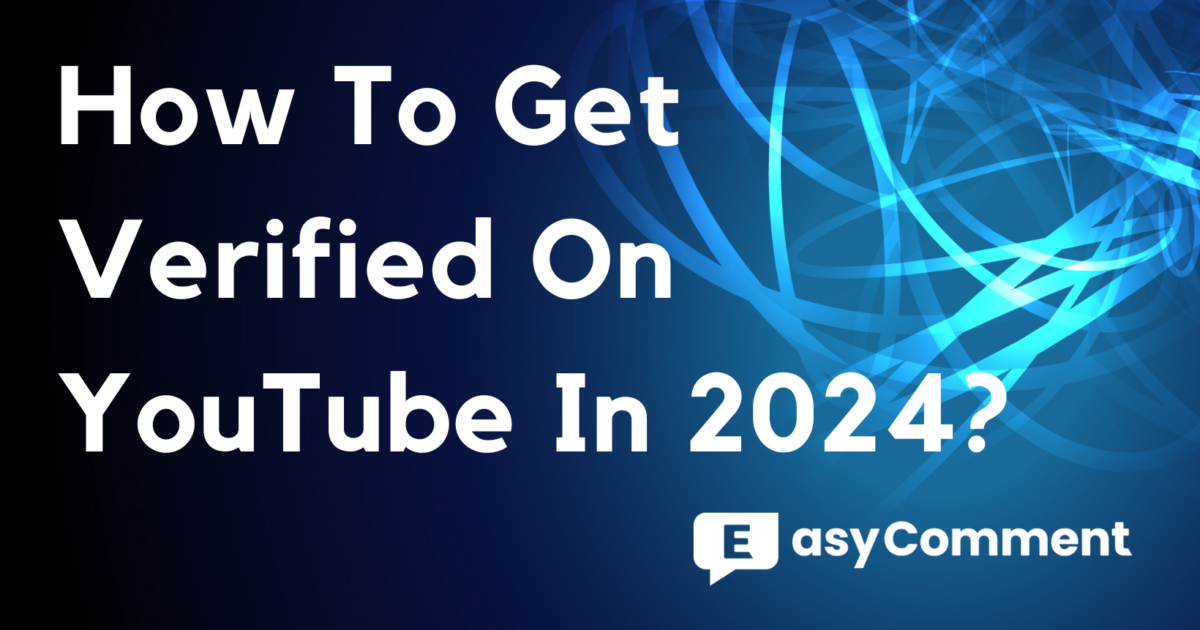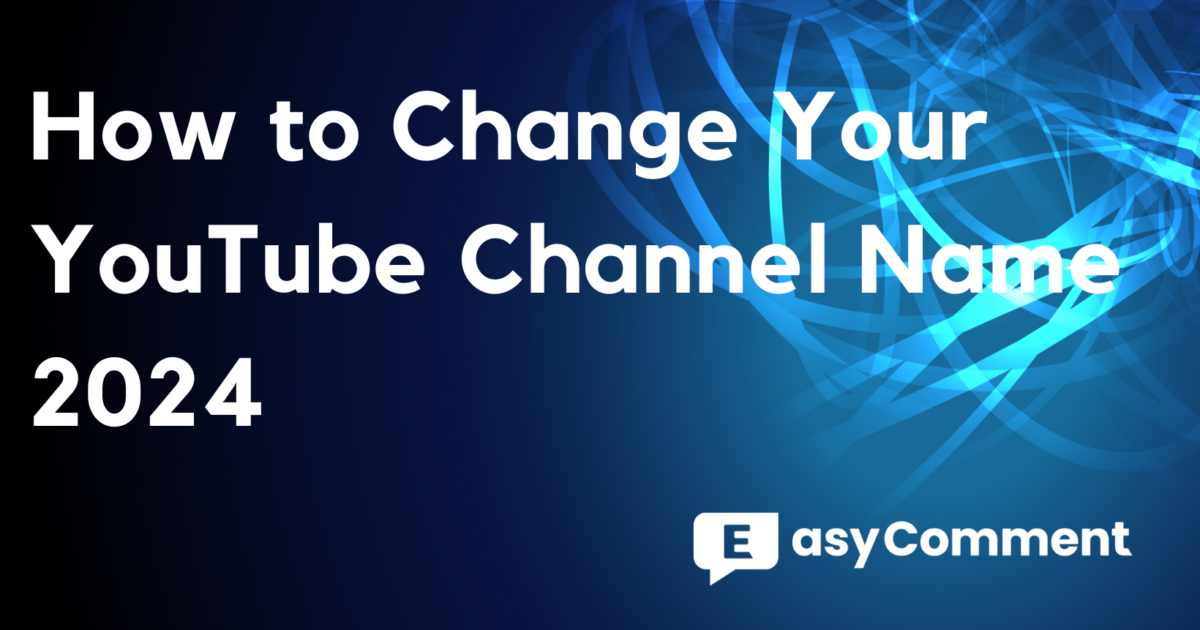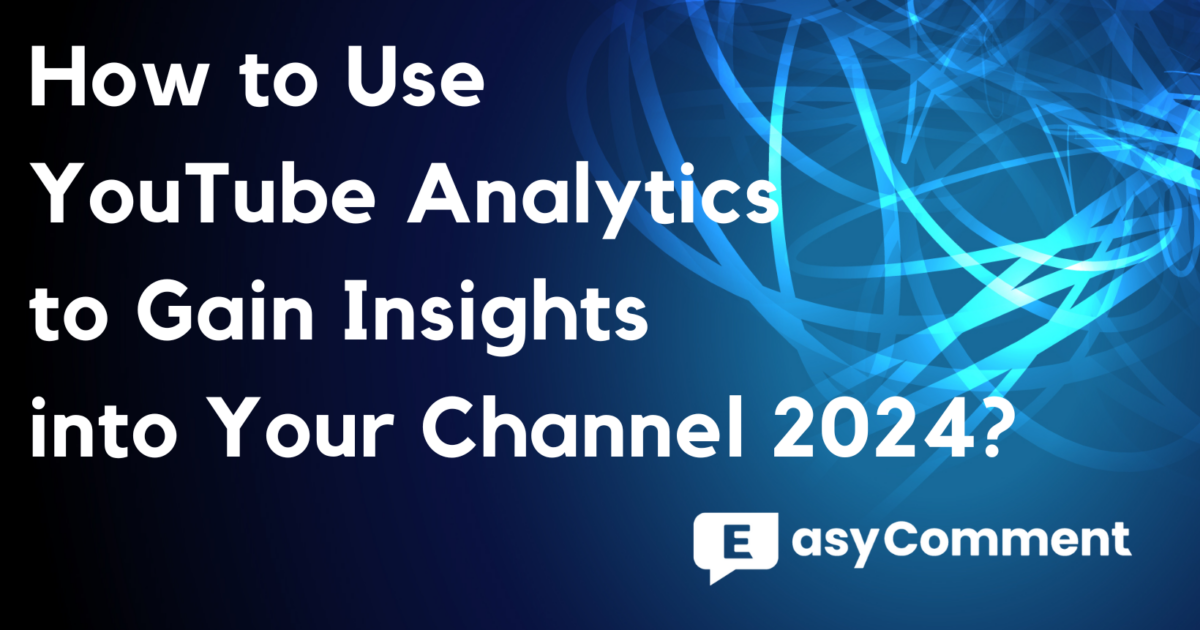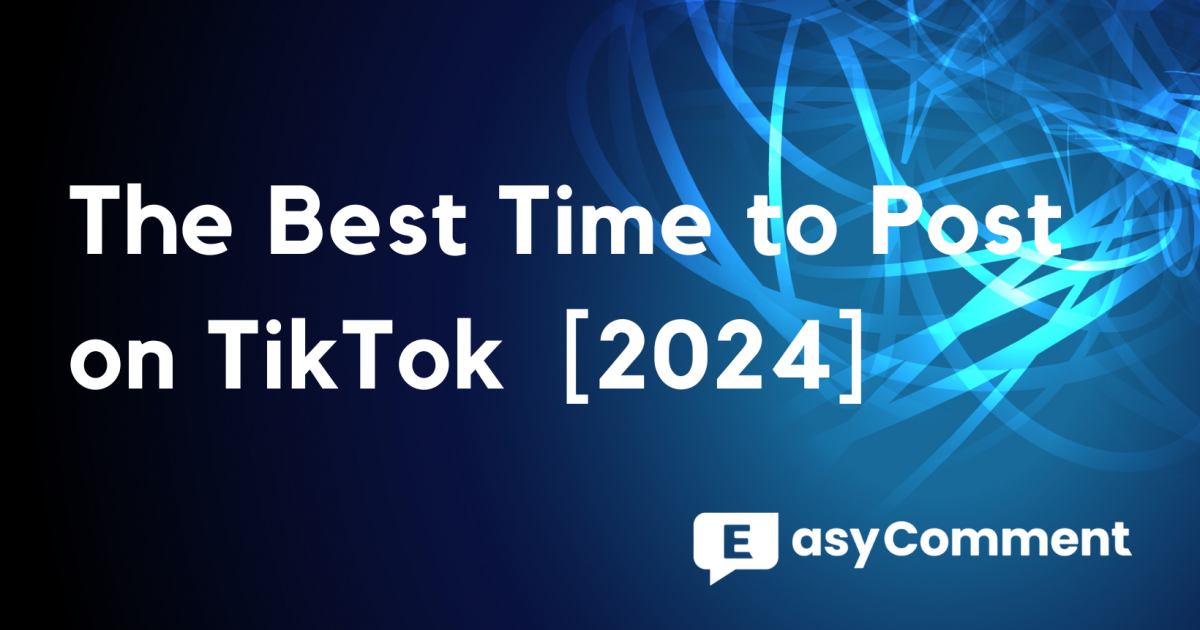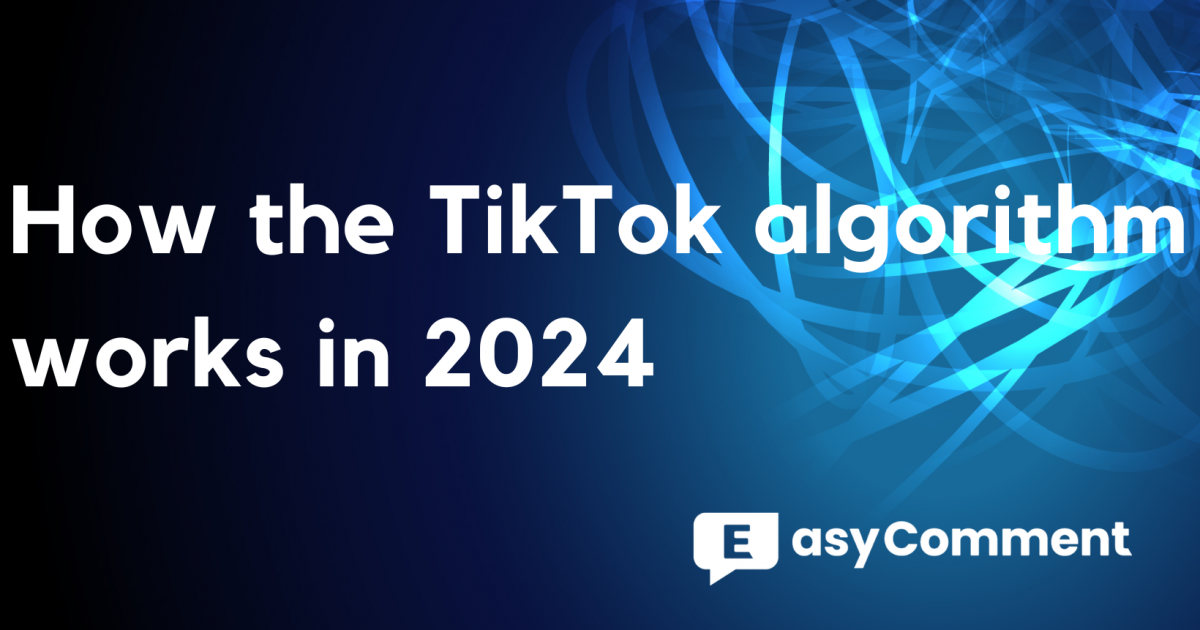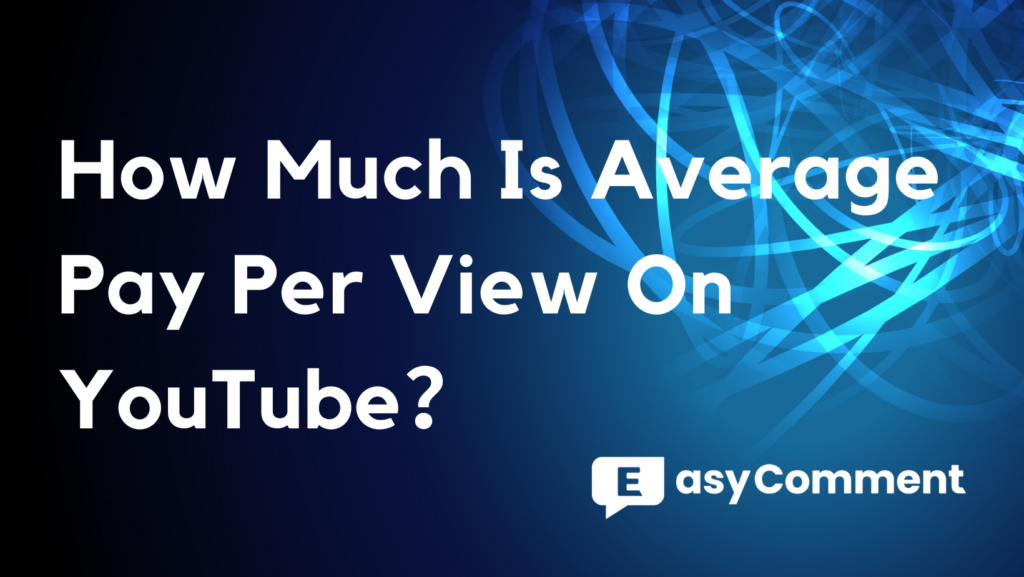
Embarking on the digital creative journey of YouTube, understanding the platform's earning potential is a pivotal step for every aspiring YouTuber. Whether you're aiming to share delightful pet videos, showcase your unique covers of popular songs, or dream of making a living through content creation, the first task at hand is to unravel the mystery of how much YouTube pays per view. Data from Influencer Marketing Hub sheds light on the average earnings and the underlying calculation, revealing a world of possibilities on this digital platform.
However, successfully creating and running a channel on YouTube goes beyond understanding its revenue structure. It requires meticulous planning, creative thinking, and a deep comprehension of the platform's rules. Whether you're a newcomer to content creation or an experienced creator eager to take your channel to new heights, mastering how to monetize your content effectively, along with exploring innovative ways to boost your income, will be an indispensable part of your success journey.
In this article, we will dive deep into the average pay per view on YouTube, share key tips for creating a successful YouTube channel, discuss how resources like the YouTube Partner Program can help you achieve your monetization goals faster, and inspire you to embark on or elevate your YouTube entrepreneurship journey. Let's uncover the secrets to success on YouTube together and explore various creative methods to achieve financial freedom through this platform.
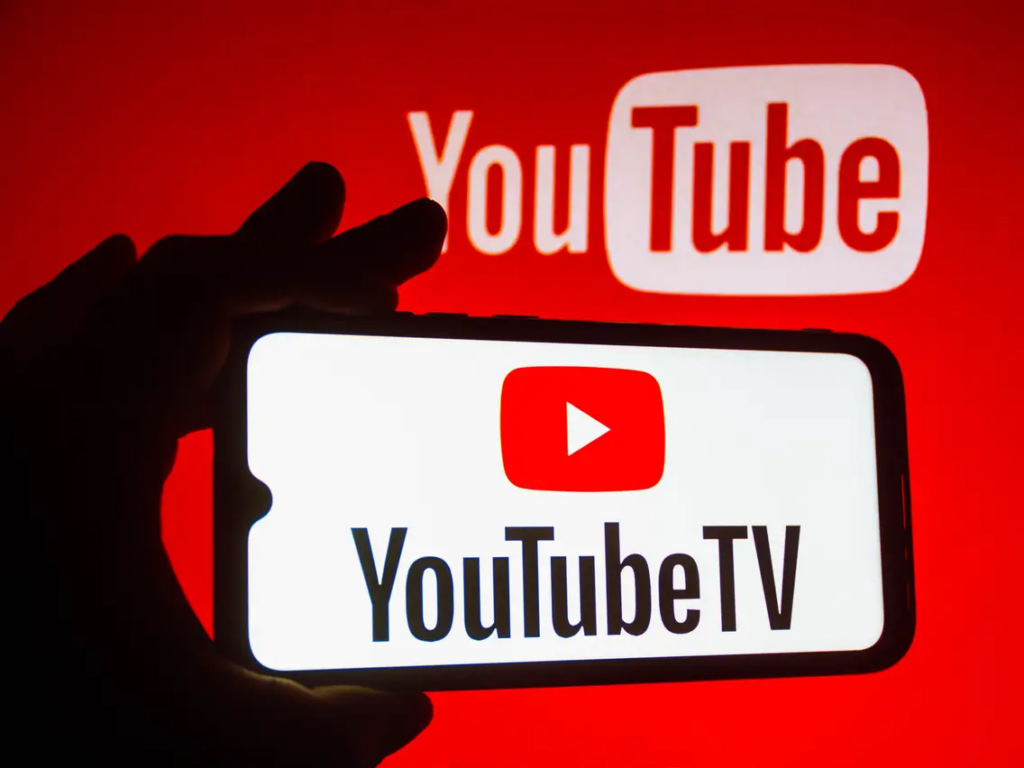
1. The Basics of YouTube Monetization
Embarking on the YouTube journey offers creators a world brimming with possibilities to monetize their passion, far beyond the conventional ad revenue streams. With the digital landscape continuously evolving, understanding the multifaceted nature of YouTube monetization is pivotal for anyone looking to harness this platform's full potential.
- Ad Revenue: The cornerstone of YouTube monetization, ad revenue, splits between the creator and YouTube, with creators receiving a generous 55% share. This system incentivizes the production of engaging content, fostering a mutual growth ecosystem. Various ad formats, including display, overlay, skippable, and non-skippable video ads, offer multiple ways to earn through viewership.
- Affiliate Marketing: Creators amplify their earnings by integrating affiliate marketing into their content strategy. By reviewing or mentioning products and services, and providing affiliate links in video descriptions, creators earn a commission for each purchase made through these links. This not only adds a revenue stream but also enriches content diversity.
- Merchandising: Merchandise sales allow creators to extend their brand beyond YouTube, offering fans tangible products like apparel and accessories. This direct-to-consumer approach leverages a creator's following to generate significant income, transforming loyal viewers into brand ambassadors.
- Sponsorships and Partnerships: Building relationships with brands for sponsorships can substantially boost a creator's income. Paid promotions, product unboxings, and exclusive deals are win-win scenarios, providing value to both creators and brands through increased visibility and sales.
- Channel Memberships: By offering channel memberships, creators can provide exclusive perks to their subscribers, such as early access to content, members-only live chats, and unique badges. This model encourages recurring income through monthly subscriptions, deepening the creator-audience connection.
- Super Chat and Super Stickers: During live streams, Super Chat and Super Stickers offer a unique way for viewers to support creators. By paying to highlight their messages or using special stickers, viewers can interact directly with creators, contributing financially in a fun and engaging manner.
- Third-Party Patronage: Platforms like Patreon complement YouTube’s monetization by allowing creators to offer additional subscription-based content and perks. This avenue provides an alternative method for fans to support their favorite creators outside of YouTube’s ecosystem.
- Content Syndication: Repurposing YouTube content on other monetized platforms, such as TikTok or Instagram, opens up new avenues for revenue. This strategy maximizes the reach and utility of existing content, tapping into diverse audience segments.
Through strategic planning and leveraging the variety of monetization options available on YouTube, creators can significantly enhance their earning potential. By diversifying income sources, engaging with the audience, and continuously innovating content, the journey on YouTube can be both creatively fulfilling and financially rewarding. Whether you're a seasoned creator or just starting, understanding and applying these monetization basics is key to unlocking your channel's potential.

2. How Much Money Do YouTubers Make Per View?
Navigating the realm of YouTube monetization reveals a multifaceted landscape of earning potential, far from the simplicity of a uniform pay-per-view model. The question of how much YouTubers earn per view requires a nuanced understanding of YouTube's advertising revenue system, the distinction between video views and ad views, and the plethora of factors influencing these earnings.
Understanding the Earnings Model: Video Views vs. Ad Views
At the core of YouTube monetization lies the critical distinction between video views and ad views. YouTube compensates creators not for the sheer number of video views but for the views of ads embedded within their content. This delineation underscores the essence of YouTube's pay structure, emphasizing the role of viewer engagement with advertisements as the primary driver of revenue for creators.
A Glimpse into Potential Earnings
While the allure of quantifying earnings into a fixed rate per view is strong, the reality is more complex, with revenues better understood through averages and ranges. For instance, earnings can span between $2 and $12 per 1,000 views, contingent upon the content's niche, viewer engagement, and the prevalence of ad blockers among the audience.
Potential Earnings at Scale
For videos achieving significant milestones, such as 1 million views, the earnings potential increases substantially. Creators can expect to earn from $3,600 to upwards of $5,000 for videos reaching 1 million views, with the range reflecting differences in ad quality, viewer demographics, and overall engagement. These figures serve as benchmarks for creators aiming to understand the financial implications of viral success on YouTube.

3. How Do You Qualify for YouTube Ad Revenue?
The YouTube Partner Program (YPP) serves as the foundation for earning ad revenue. Joining YPP is a prerequisite for YouTube content creators to monetize their videos through advertising. Once a member of YPP, creators can earn money by displaying various types of ads (such as display ads, overlay ads, skippable video ads, and non-skippable video ads) on their videos. The revenue from these ads is split between YouTube and the creator, with the creator typically receiving a 55% share of the income.
Essential Eligibility Criteria and Application Process for the YPP
- Subscriber Milestone: Creators must amass at least 1,000 subscribers, a benchmark that signifies dedicated viewership and community engagement.
- Watch Hour Requirement: A critical metric for monetization eligibility is accumulating 4,000 valid public watch hours within the preceding 12 months for traditional video content. Alternatively, reaching 10 million valid public Shorts views within the last 90 days offers another route to qualification.
- Policy Compliance: Adherence to YouTube’s channel monetization policies and community guidelines is non-negotiable. Creators must also reside in a country where the YPP is accessible.
- Account Verification: Ensuring the YouTube account is verified and protected with 2-step Verification fortifies a creator's standing and readiness for the YPP.
- AdSense Connection: Possessing an active AdSense account linked to the YouTube channel is imperative for the payout process, facilitating the transfer of earned revenue to creators.
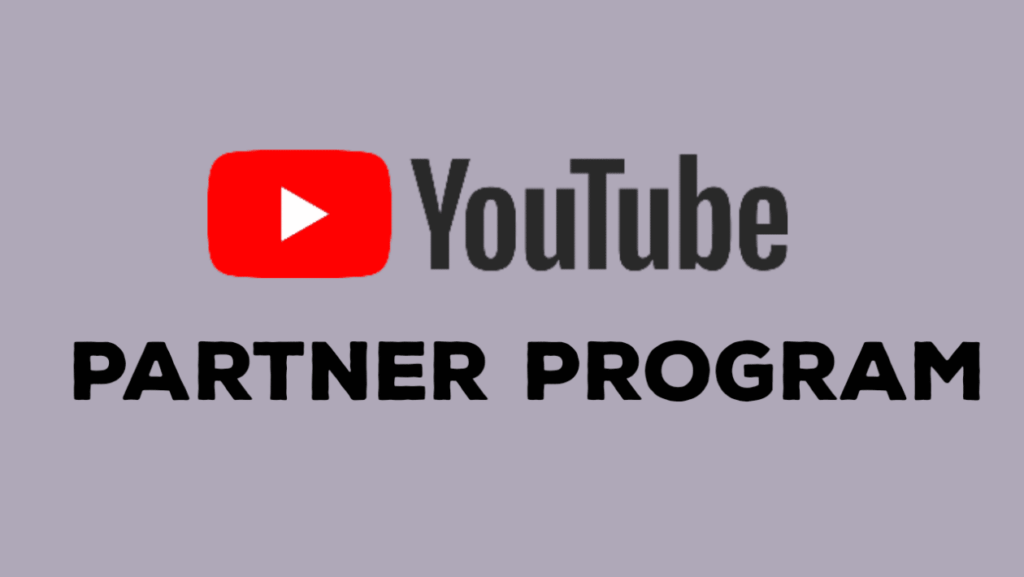
4. Understanding YouTube Payment Dynamics: Factors That Affect Earnings
Navigating the complexities of YouTube's payment dynamics requires a deep understanding of various factors that influence earnings. In this section, we will explore the key elements that shape YouTube revenue, and offer insights for both creators and advertisers aiming to maximize their return on investment (ROI).
Ad Revenue Factors
- Cost Per Mille (CPM): CPM signifies the amount advertisers pay for a thousand views or impressions on a video. It acts as a barometer for creators to gauge their potential earnings and for advertisers to measure the cost-effectiveness of their campaigns. Viewer engagement with the ad (watching for at least 30 seconds or its entire duration if shorter) is crucial for the CPM to be accounted for, ensuring that the ad's message is effectively communicated.
- Cost Per Click (CPC): Unlike CPM, which focuses on impressions, CPC zooms in on the actual clicks an advertisement receives. It's a win-win; creators earn more with higher viewer engagement on ads, while advertisers pay only for clicks, making CPC a cost-efficient strategy that precisely measures ROI.
- Watch Time and Engagement: YouTube's algorithm favors videos that retain viewers for longer, offering enhanced monetization opportunities. High average watch times can secure a video's place in YouTube's promotional spotlight, making it a priority for advertisers seeking to place ads in engaging content within their niche.
- Ad Types and Viewer Behavior: The revenue potential varies significantly with different ad formats. Skippable ads tend to generate lower earnings compared to non-skippable and interactive ads, which command viewer attention and action, respectively. The ad's placement (pre-roll, mid-roll, or post-roll) also influences engagement and potential payouts.
- Geographic Location: The viewer's location plays a pivotal role, with advertisers allocating higher budgets for regions with strong economies. This directly impacts CPM and CPC rates, aligning with the advertisers' goal to reach audiences with higher purchasing power.
Channel Optimization Strategies
- Channel Category or Video Topics: The theme of your channel or video significantly impacts ad revenue. Channels focused on niches like entrepreneurship, for example, attract higher CPMs due to the audience's willingness to invest in solutions that offer financial returns. Selecting a lucrative niche and creating content that addresses specific viewer needs can attract higher-paying ads.
- Type of Ads Used: Creators have control over the ad formats displayed on their videos through AdSense settings. The choice between skippable, non-skippable, bumper, overlay, and back-to-back ads can affect viewer engagement and, consequently, CPM payouts. Strategic ad placement is key to maintaining viewer interest without overwhelming them.
- Authenticity: Authentic and engaging content naturally garners more views and better aligns with YouTube's algorithms, which favor videos that meet viewer expectations. Gaming the system with inauthentic content can lead to demonetization and reduced earnings.
- Strategic Ad Breaks Placement: Strategically placing ad breaks at moments of high viewer interest (e.g., just before a big reveal in a video) can maximize ad revenue. It's essential, however, to balance the number of ads to avoid deterring viewers.
Understanding and optimizing these factors can significantly enhance YouTube earnings for creators and ensure advertisers achieve their ROI goals. By aligning content and advertising strategies with YouTube's dynamic ecosystem, stakeholders can navigate the complexities of YouTube payment dynamics effectively.

5. Strategies to Maximize Your YouTube Earnings
Maximizing earnings on YouTube transcends beyond just content creation; it's about strategic engagement and optimization. Here are strategies you can implement to enhance your YouTube revenue:
1. Boost Views and Engagement
- Encourage interactions by reminding viewers to like, share, and subscribe. This phrase, albeit common, significantly influences your video’s reach and earning potential.
- Collaborate with other creators within your niche who have a substantial subscriber base and high engagement rates. This not only boosts your visibility but also integrates your content with an audience likely to be interested in your offerings.
2. Leverage SEO for Better Visibility
- Dedicate efforts towards Video SEO by incorporating trending keywords in your video titles, descriptions, and tags. This approach makes your content more discoverable to potential viewers.
- SEO isn't just about keywords; it's also about creating content that answers the queries of your target audience. Utilize tools like Google Trends and Keyword Planner to research and apply keywords effectively.
3. Consistency in Content Delivery
- Maintain a regular upload schedule to keep your audience engaged and anticipate your next release. Consistency in posting quality content can build a loyal community around your channel.
- Consistent content delivery fosters a sense of reliability among your viewers, enhancing viewer retention and attracting new subscribers.
Implementing these strategies can significantly impact your YouTube channel's growth and profitability. Remember, success on YouTube isn't instantaneous but a result of persistent quality and strategic planning. By focusing on increasing viewer engagement, optimizing your content for search engines, and maintaining a consistent content calendar, you can build a sustainable income stream on YouTube.
